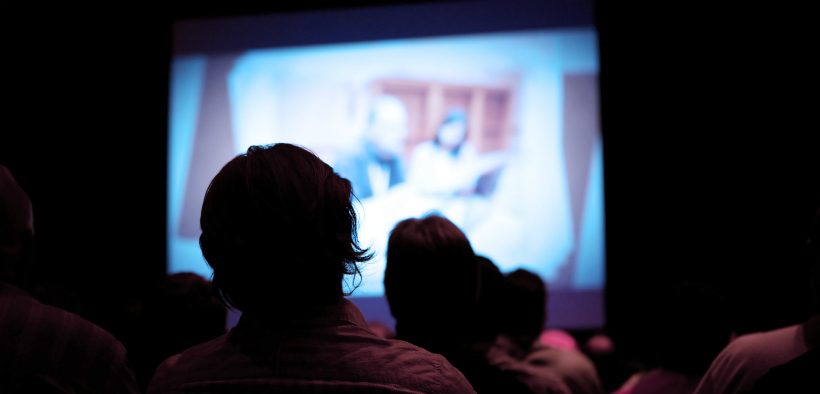This is a time of heightened and collective awakening. In response to the George Floyd murder, numerous other atrocities, and public outcries for change, universities have been called upon to respond. Specifically, instructors are encouraged to enhance attention to diversity in their courses and facilitate discussions about racism and social justice. Students are seeking opportunities to engage in these conversations, and many are disappointed when space is not created for these discussions.
Using Movies to Facilitate Discussions about Racism and Social Justice: Five Considerations

Related Articles
I have two loves: teaching and learning. Although I love them for different reasons, I’ve been passionate about...
Active learning is a mostly meaningless educational buzzword. It’s a feel-good, intuitively popular term that indicates concern for...
Perhaps the earliest introduction a student has with a course is the syllabus as it’s generally the first...
Generative AI allows instructors to create interactive, self-directed review activities for their courses. The beauty of these activities...
I’ve often felt that a teacher’s life is suspended, Janus-like, between past experiences and future hopes; it’s only...
I teach first-year writing at a small liberal arts college, and on the first day of class, I...
Proponents of rubrics champion them as a means of ensuring consistency in grading, not only between students within...







